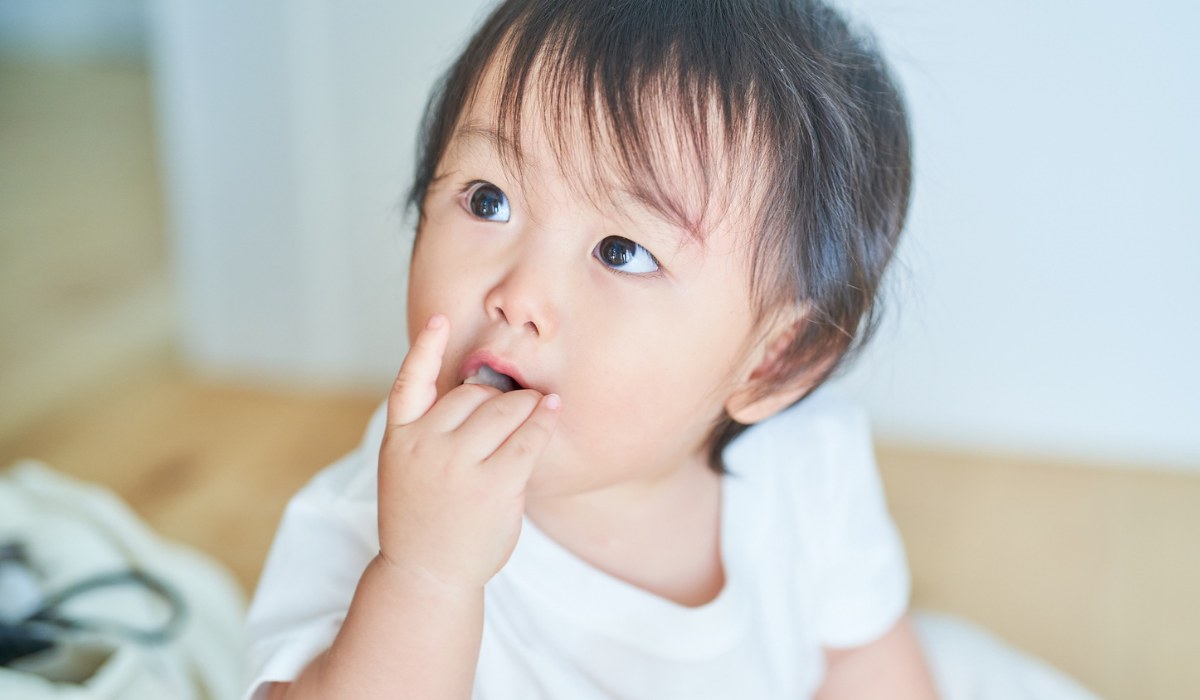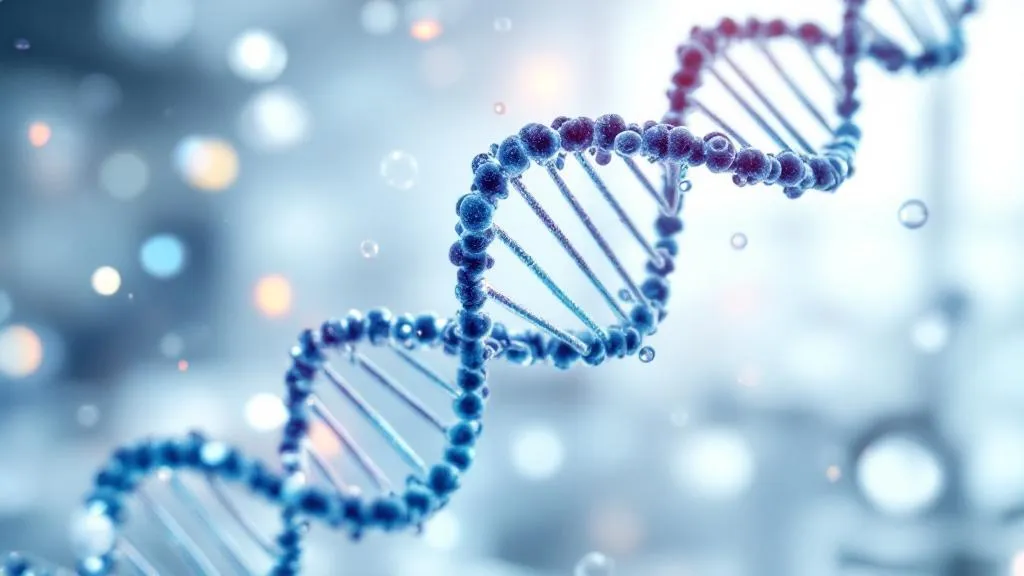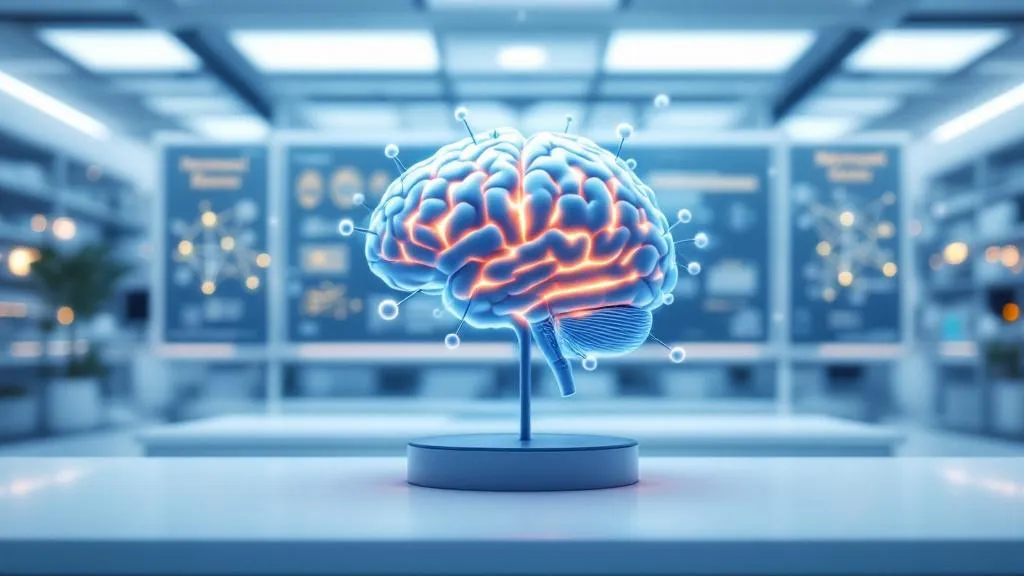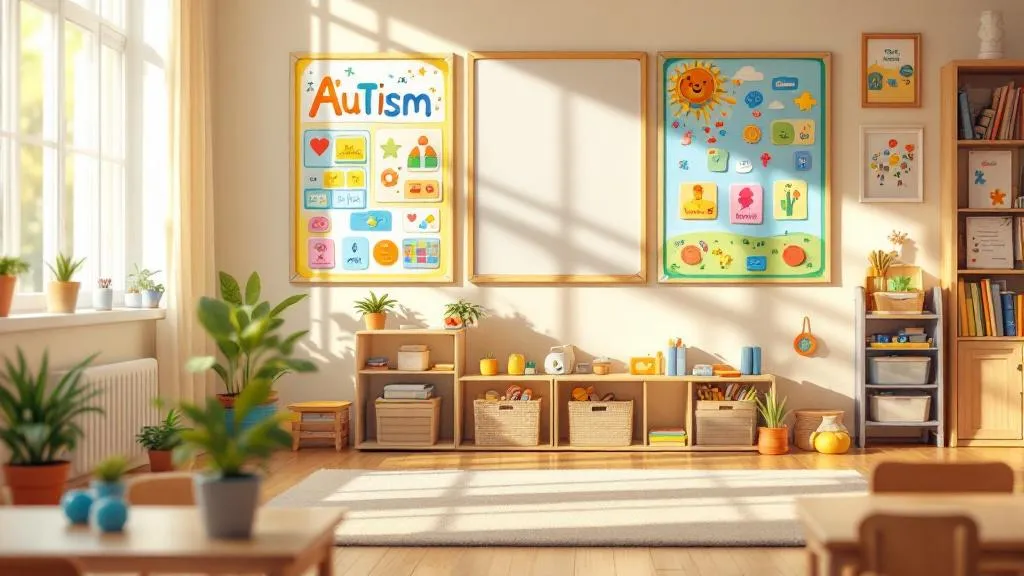Do Plastic Toys Cause Autism?
Exploring the Complex Relationship Between Plastic Toys and Autism Spectrum Disorder

Unraveling the Science Behind Plastic Exposure and Developmental Health
As concerns about environmental toxins grow, many parents question whether everyday plastic toys could be linked to autism spectrum disorder (ASD). This article dives into the scientific evidence about plastic chemicals like BPA, their biological impacts on developing children, and what parents can do to ensure safer play environments.
The Evidence Linking BPA Exposure to Autism Risk

What is the current scientific understanding of whether plastic toys and microplastics contribute to autism spectrum disorder?
Research suggests that exposure to microplastics and certain chemicals found in plastics, like BPA, may influence the development of autism spectrum disorder (ASD). Animal studies, particularly involving mice, have shown that prenatal exposure to polyethylene microplastics can lead to behaviors similar to ASD. These microplastics tend to accumulate in the brain and induce molecular changes affecting neurological development.
In humans, epidemiological data support these findings. For instance, studies have linked higher maternal levels of BPA—used in manufacturing food containers, water bottles, and other household items—to a greater chance of ASD diagnoses in boys. This points to a possible connection between environmental chemical exposure during pregnancy and neurodevelopmental outcomes. Although these studies highlight potential risks, it remains unclear whether microplastics or plastic toys are direct causes of ASD, and further research is needed to clarify causality.
Overall, chemicals in plastics represent a concern for child development, especially when exposure occurs at critical periods during fetal and early childhood growth.
Are chemicals like BPA in plastics linked to an increased risk of autism and developmental issues in children?
Yes, considerable evidence indicates that BPA exposure may be associated with neurodevelopmental and behavioral challenges in children. Prenatal BPA exposure has been connected to altered brain white matter, which is crucial for cognitive function and behavior.
Children exposed to higher BPA levels, particularly during early childhood, are more likely to exhibit symptoms such as hyperactivity, aggression, anxiety, depression, and conduct problems. Moreover, some research points to possible effects on pubertal development, suggesting hormonal disruption could be a pathway.
Meta-analyses of multiple studies reveal significant links between BPA levels and increased risks of autism spectrum disorder, attention deficit hyperactivity disorder (ADHD), and intellectual disabilities. These associations tend to be stronger in boys and during formative early years.
While the current evidence suggests potential harm from BPA, scientists emphasize the need for more longitudinal studies to establish causality fully and understand how these chemicals interact with biological development.
Additional insights into early behavioral signs and toy-related development
Recent research also focuses on early behavioral indicators of autism in infants. For example, children later diagnosed with autism often show unusual exploration behaviors around 12 months old, such as spinning or staring at objects like bottles and rattles. Recognizing these behaviors could help with earlier screening and intervention.
Play and toys are vital for a child's development. They support cognitive, social, and emotional learning. Safe, age-appropriate toys—whether store-bought or homemade—encourage exploration and learning about the world, which is essential for all children, including those with developmental challenges.
Overall, the combination of environmental exposure to plastics and early behavioral patterns emphasizes the importance of minimizing harmful chemicals like BPA and fostering supportive play environments for healthy development.
Understanding the Biological Impact of Plastic Chemicals During Fetal Development

What is the current scientific understanding of whether plastic toys and microplastics contribute to autism spectrum disorder?
Current research suggests that exposure to certain plastic chemicals, such as BPA, and microplastics, may influence autism spectrum disorder (ASD) risk through biological effects observed in both animal studies and human epidemiological data. Animal experiments have shown that microplastics can accumulate in brain tissue, leading to molecular and metabolic changes associated with neurodevelopmental issues.
Studies in mice have demonstrated that prenatal exposure to polyethylene microplastics results in behaviors resembling ASD, including repetitive movements and altered brain development. In human studies, higher maternal BPA levels during pregnancy have been linked to a greater chance of ASD diagnoses, especially in boys. This association might be due to BPA’s interference with hormonal signaling essential for fetal brain development.
Although plastic toys and microplastics are widespread and often ingested or inhaled, direct causality between these objects and ASD remains unconfirmed. Nonetheless, these findings indicate that environmental exposure to plastic-related chemicals might be a contributing factor to neurodevelopmental disorders, especially when exposure occurs during critical periods of fetal growth.
Are chemicals like BPA in plastics linked to an increased risk of autism and developmental issues in children?
Yes, growing evidence suggests a connection between BPA exposure and developmental disorders in children. Prenatal exposure to BPA has been linked to behavioral problems, such as hyperactivity, anxiety, and conduct issues. It may also affect brain white matter development, which is crucial for cognitive functions.
Many large studies associate higher maternal BPA levels with increased risks of autism, attention-deficit/hyperactivity disorder (ADHD), and intellectual disabilities. Boys are particularly vulnerable, showing more pronounced effects. Some research also suggests BPA might influence pubertal timing and delay breast development in girls.
While these findings highlight potential risks, scientists emphasize that more comprehensive, long-term studies are necessary to confirm causality. Nonetheless, the current data underscore the importance of minimizing prenatal exposure to BPA and microplastics to support healthy neurodevelopment in children.
Microplastics and Their Potential Role in Neurodevelopmental Disorders
How do ingestion and inhalation pathways of microplastics reach humans?
Microplastics (MPs) have become ubiquitous in the environment, and humans are exposed to them primarily through ingestion and inhalation. MPs are present in contaminated food and water sources, such as seafood, bottled water, and other processed foods. They also become airborne as small particles that can be inhaled through everyday activities, especially in urban settings or areas with high plastic pollution.
In addition to environmental exposure, microplastics can transfer from mother to fetus during pregnancy via the placenta. This vertical transfer means that microplastics and their chemical additives can potentially reach the developing fetus, posing risks during critical developmental windows.
Do microplastics accumulate in human tissues?
Recent studies suggest that microplastics do accumulate in human tissues. For example, analyses of human lung tissue have identified microplastic particles, indicating that inhaled MPs can embed in the respiratory system. Similarly, microplastics have been detected in human stool samples, reflecting ingestion and passage through the digestive tract.
This accumulation raises concerns about long-term health effects, as microplastics and their associated additives may cause cellular and molecular changes, inflammation, and endocrine disruption within the body. These effects are particularly alarming during fetal development and childhood, where organ systems and neural pathways are highly sensitive.
What have animal studies revealed about the behavioral effects of microplastics?
Animal research provides insight into how microplastics may influence neurodevelopment. In studies involving mice, prenatal exposure to polyethylene microplastics has been associated with behavioral abnormalities resembling those seen in autism spectrum disorder (ASD).
For instance, mice exposed to MPs during gestation displayed increased repetitive behaviors and altered social interactions. Molecular analyses revealed that microplastics accumulated in brain tissues and disrupted normal neural development, affecting molecular pathways linked to ASD.
Additionally, these animal studies observed neurochemical and structural brain changes, suggesting that microplastics can interfere with brain origins and circuitry crucial for cognitive and behavioral functions.
| Pathway | Description | Impact | Evidence Source |
|---|---|---|---|
| Ingestion | Consuming contaminated foods and drinks | Microplastic accumulation in tissues, possible cellular effects | Human tissue analysis, food contamination studies |
| Inhalation | Breathing airborne plastic particles | Respiratory tissue accumulation, risk of inflammation | Lung tissue studies |
| Behavioral Changes | Animal studies with prenatal MP exposure | Repetitive behaviors, social deficits | Mouse model research |
While research is still ongoing, current evidence points to the potential health and neurodevelopmental risks posed by microplastics. Continuous monitoring and further investigations are crucial to fully understand their impact, especially in vulnerable populations like pregnant women and children.
Safety and Selection of Toys: Minimizing Risks in Play

How can parents choose safe and eco-friendly toys for children, especially those with autism?
Parents aiming to select safe and eco-friendly toys for their children, particularly those with autism, should focus on products made from natural, non-toxic materials. Items crafted from organic cotton, untreated wood, or BPA-free plastics reduce exposure to harmful chemicals. Avoiding toys with small parts, sharp edges, or toxic paints is essential to prevent choking hazards and injuries.
Sensory-friendly toys that use calming textures, soft sounds, or gentle lights can be especially beneficial for children with autism, aiding in sensory development and reducing anxiety. Always check for safety certifications like ASTM, CE, or Eco-Label, which indicate that the toys adhere to safety and environmental standards. Observing the child's specific sensory preferences and consulting with occupational therapists can guide parents to select toys that support developmental needs while being safe and environmentally responsible.
What criteria should be used to select appropriate toys for children with autism to support their sensory and developmental needs?
Selecting toys for children with autism requires consideration of their unique sensory sensitivities. Toys should offer the right amount of sensory input — whether calming or stimulating — based on the child’s individual profile. For example, textured toys or those that provide gentle vibrations can help with sensory integration.
Age-appropriate and safe toys that encourage engagement and skill-building are crucial. Items like tactile peanut balls, weighted vests, sensory wall panels, or vibroacoustic ball pits can serve specific therapeutic purposes. Additionally, toys designed to foster social interaction, such as DIY sensory bottles or stress-relief toys, can aid in developmental progress.
Choosing toys that provide meaningful sensory feedback, promote a calming effect, and align with the child’s sensory needs helps foster a positive play experience. Ultimately, the best toys are those that support individual development, safety, and sensory regulation for children with autism.
Environmental and Safety Considerations for Parents
What safety considerations should parents be aware of regarding plastic toys and environmental exposure?
Parents need to be vigilant about the chemical risks posed by plastic toys. Many toys contain substances like BPA, phthalates, and lead, which can be harmful, especially if the toys are damaged or are older models with questionable coatings. BPA, for example, has been linked to disruptions in fetal brain development and is associated with increased autism risk when mothers are exposed during pregnancy.
To reduce exposure, choose toys made from safer materials such as natural rubber, untreated wood, or plastics that meet established safety standards like ASTM D-4236. Always check if the toy's paint and surface coatings are free from lead and other toxic substances. Supervising children during play helps prevent accidents like choking or injury from broken or small parts.
Proper storage is also important. Keep toys in clean, designated areas and discard or repair broken toys immediately to prevent injury or chemical exposure. Regularly inspecting your child's toys for cracks, peeling paint, or damage can help minimize health risks.
Good hygiene practices are crucial. Clean toys properly with soap and water or appropriate disinfectants to remove residues. Encourage children to avoid mouthing toys excessively, especially plastic or painted toys, to lower chemical ingestion risks.
By being mindful of these safety measures, parents can help create a healthier play environment that supports their children's development while reducing exposure to hazardous chemicals associated with many common plastic toys.
Concluding Insights: Navigating the Evidence and Making Informed Choices
 Recent research highlights a concerning association between prenatal exposure to BPA, a common chemical found in plastics, and the development of autism spectrum disorder (ASD) in boys. Studies, including one involving 70 mother-child pairs monitored over a decade at The Florey in Melbourne, show that higher maternal BPA levels and lower aromatase enzyme activity during pregnancy are linked to increased risks of autism diagnosis and symptoms by age 11. Developing boys exposed to BPA as early as the fetal stage may display autistic behaviors, such as repetitive actions and unusual object exploration, from age 2.
Recent research highlights a concerning association between prenatal exposure to BPA, a common chemical found in plastics, and the development of autism spectrum disorder (ASD) in boys. Studies, including one involving 70 mother-child pairs monitored over a decade at The Florey in Melbourne, show that higher maternal BPA levels and lower aromatase enzyme activity during pregnancy are linked to increased risks of autism diagnosis and symptoms by age 11. Developing boys exposed to BPA as early as the fetal stage may display autistic behaviors, such as repetitive actions and unusual object exploration, from age 2.
Animal studies support these findings by demonstrating that BPA can suppress the aromatase enzyme—crucial for male brain development—and induce neurological and behavioral changes consistent with ASD. These insights suggest that BPA might disrupt normal fetal brain development by interfering with hormone regulation. Despite the mounting evidence of associations, scientists caution that current studies mostly reveal correlation rather than direct causation. Many variables, such as genetic factors and other environmental influences, complicate the picture.
For parents, these discoveries underscore the importance of reducing exposure to plastics containing BPA during pregnancy and early childhood. Practical steps include choosing BPA-free products, limiting ingestion of plastic containers, and promoting safe play using non-toxic, developmentally appropriate toys. Encouraging developmental activities that focus on object permanence, spatial reasoning, and problem-solving can also support early cognitive growth. While the science continues to evolve, making informed choices based on current evidence can help mitigate potential risks and promote healthier development for children.
Charting a Path Forward: What Parents Need to Know
While emerging evidence suggests a possible link between plastic chemicals like BPA and increased autism risk, current studies do not confirm a direct causative relationship. To promote safe play and support healthy development, parents are advised to select toys made from non-toxic, eco-friendly materials, ensure proper supervision, and stay informed about evolving research. By taking preventative measures and advocating for stricter safety standards, caregivers can help minimize potential risks while fostering stimulating, supportive environments for children.
References
- Autism Study Finds Link With Plastic Exposure During Pregnancy
- Autism in boys linked to common plastic exposure in the womb
- Unusual Use Of Toys In Infancy A Clue To Later Autism | ScienceDaily
- [PDF] Using Toys to Support Infant-Toddler Learning and Development
- Pre/post-natal exposure to microplastic as a potential risk factor for ...
- Autism Study Finds Link With Plastic Exposure During Pregnancy
- Common Plastic Associated With Autism in Boys
Does Your Child Have An Autism Diagnosis?
Learn More About How ABA Therapy Can Help
Find More Articles
Contact us
North Carolina, Nevada, Utah, Virginia
New Hampshire, Maine
Arizona, Colorado, Georgia, New Mexico, Oklahoma, Texas
.avif)




































































































